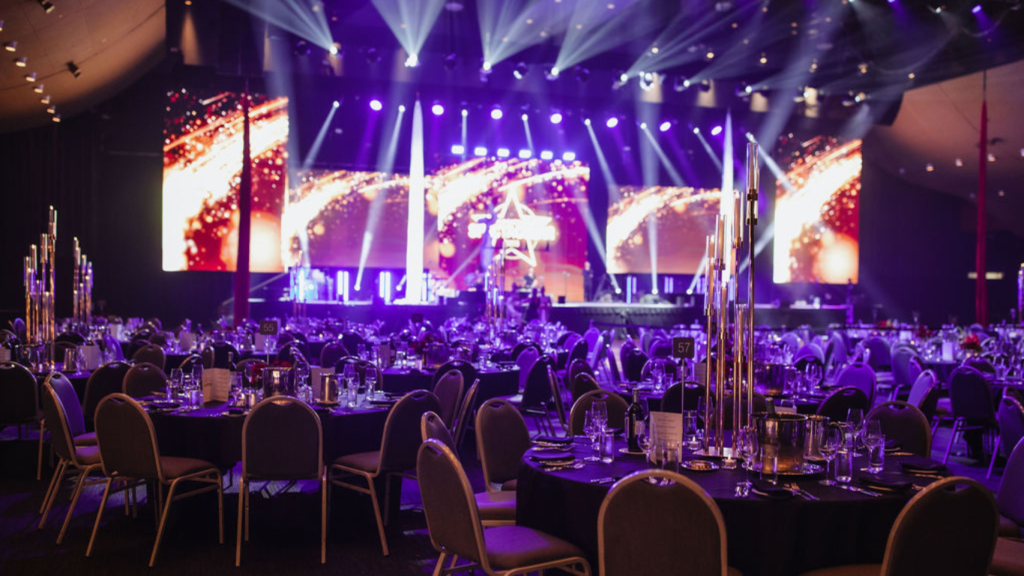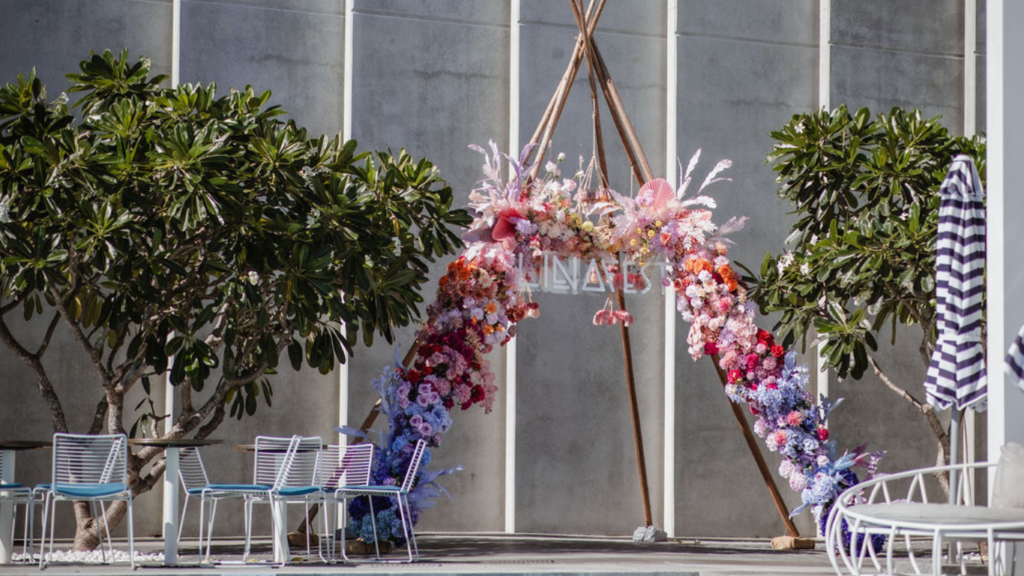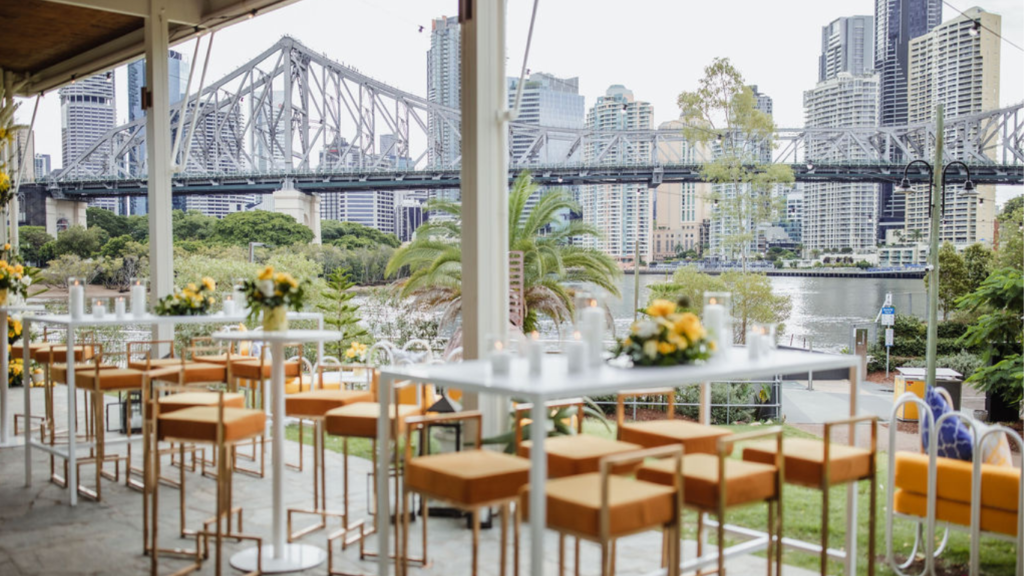When it comes to event planning, creating a floor plan is one of the most important yet often overlooked steps. While it might seem like things just “arrive” or are “placed” in the right spots on event day, there’s a lot of strategic thinking and planning that goes into it behind the scenes.
A well-thought-out floor plan isn’t just about the visual appeal of your event space; it’s about the flow, accessibility, and safety. Here’s a breakdown of key things to consider when designing your next event floor plan.
1. Emergency access
The most crucial element of any floor plan is emergency access. Your attendees’ safety should always come first, and sometimes this means sacrificing the perfect spot for your event elements. For example, you might envision an element fitting perfectly in front of an emergency exit – but that’s non-negotiable.
Always consult with the venue about their safety requirements, including the distance between objects and emergency exits. With some creativity, you can still make your floor plan work without compromising safety.
2. Venue size
Before you start creating your floor plan, take a good look at the size of your venue. You can’t make the space bigger, so work with what you’ve got. If your venue is 100m², think about how to creatively use that space to its full potential.

3. VIPs and Speakers
Your floor plan should take into account the placement of VIPs, speakers, and key guests. These individuals should have prime seating and access. But sometimes, the best seats aren’t always in the front row — they might be elevated or in a private area overlooking the stage.
For example, when working on the QLD Government International Women’s Day event, we had to plan the seating so that the speakers could easily get to the stage without the awkward “walk of shame.” A well-designed floor plan considers timing and movement, especially in tight schedules.
4. Can everyone see the stage?
This might seem obvious, but it’s easy to overlook. When designing your floor plan, always consider if everyone can see the stage or presentation clearly. Just because you have space for a table in the back corner doesn’t mean it’s a good spot if no one can see or hear the event.
For larger events like the QLD Government event, even if we had the space to fit 100 tables, we chose to cut it down to 95 to ensure proper flow and visibility for everyone. Your floor plan may need to prioritise visibility over maximizing guest count.
4. Use a planning tool for outdoor events
Indoor floor plans are relatively straightforward, but outdoor events can be tricky. If you’re working in an open space, consider using tools like Google Earth and One Plan to measure and plan your layout accurately.
For example, we recently worked on a floor plan for the ALWS Fun Run in Adelaide, where we used Google Earth to get precise measurements of the outdoor venue. This helped us decide where to place food trucks, water stations, and other key event elements.

6. Think about access to areas
When planning your floor plan, always think about access – both for your guests and your event team. For example, will your custom-built elements fit through doors or lifts? Can you easily access the stage, or will it require complicated setups?
When we worked on the Grey Goose Coachella activation at Lina Rooftop, we had to ensure our giant rooftop tipi poles fit in the lift. With some creative thinking and collaboration, we made sure everything worked smoothly without compromising safety.

7. Power access
Don’t overlook the power requirements for your event when designing your floor plan. Ensure you have easy access to power sources for AV equipment, lighting, and other tech needs. The last thing you want is power cables crisscrossing across your event space.
8. Venue compliance
Each venue has specific regulations that you need to consider when designing your floor plan. Always work with the venue to ensure your floor plan complies with their rules. This will help avoid any last-minute setbacks on event day.

Designing a floor plan might seem simple at first, but there are many factors to consider – from safety to flow and accessibility. The key is to take your time and think through all the potential issues before finalizing your layout. Consulting with your team, the venue, and key stakeholders will help ensure your floor plan works perfectly for everyone involved.
Ready to design the perfect floor plan for your event? Get in touch with us today, and we’ll help you create a layout that ensures smooth flow, safety, and a memorable experience.